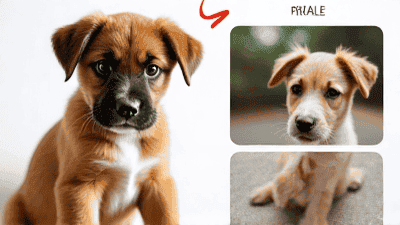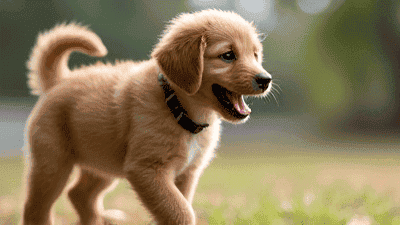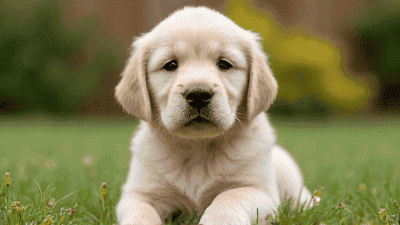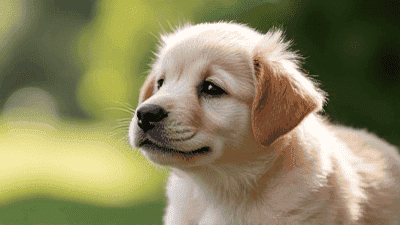
Potty training is one of the most important aspects of raising a puppy. While it may seem daunting at first, with the right techniques and consistency, you can successfully teach your puppy to eliminate in the appropriate place. A well-trained puppy not only makes life easier for you but also ensures a happy and stress-free environment for your furry friend.
Potty training is essential for teaching your puppy where and when to eliminate. It helps prevent accidents inside the house and establishes a routine that benefits both you and your puppy.
Puppies begin to develop bladder control around 12 weeks of age. Before this, they have limited ability to hold their bladder, which is why frequent potty breaks are crucial.
A general rule of thumb is that a puppy can hold their bladder for one hour for every month of age. For example, a 3-month-old puppy can typically hold their bladder for about 3 hours.

Puppy pads are absorbent pads that can be used indoors to provide a designated elimination area. They are especially useful for apartment dwellers or during bad weather.
A crate is a valuable tool for potty training. Dogs naturally avoid soiling their sleeping area, making a crate an effective way to teach bladder control.
A leash and harness are useful for guiding your puppy to the designated potty area and keeping them focused during potty breaks.
Accidents are inevitable during potty training. Use enzymatic cleaners to remove odors and prevent your puppy from returning to the same spot.
Pick a specific area outside where you want your puppy to eliminate. Consistency is key, so always take your puppy to the same spot.
Create a consistent schedule for potty breaks. Take your puppy out:
Introduce a cue word or phrase, such as “go potty,” to signal to your puppy that it’s time to eliminate. Use this phrase consistently during potty breaks.

Immediately reward your puppy with treats, praise, or playtime when they eliminate in the designated spot. This reinforces the desired behavior.
Reward your puppy as soon as they finish eliminating. Delaying the reward can confuse your puppy and make it harder for them to associate the reward with the correct behavior.
Never punish your puppy for accidents. Yelling or scolding can create fear and anxiety, making potty training more difficult.
Dogs instinctively avoid soiling their sleeping area, making a crate a natural way to teach bladder control.
Make the crate a positive space by placing treats, toys, and bedding inside. Allow your puppy to explore the crate at their own pace.
Keep your puppy in the crate overnight to prevent accidents. Take them out for a potty break before bedtime and first thing in the morning.
Don’t leave your puppy in the crate for extended periods. Puppies need regular potty breaks, exercise, and socialization.

Accidents are a normal part of potty training. When they happen, clean up thoroughly with an enzymatic cleaner to remove odors and prevent repeat incidents.
Some puppies may resist being crated. Gradually introduce the crate and make it a positive space by offering treats and toys.
Inconsistency can confuse your puppy and delay potty training. Stick to a regular schedule and be patient.
Some puppies may be hesitant to go outside, especially in unfamiliar environments. Use treats and encouragement to make outdoor potty breaks a positive experience.
Keep track of your puppy’s water intake and take them out for a potty break shortly after they drink.
Keep a close eye on your puppy, especially during the initial stages of potty training. Watch for signs that they need to go, such as sniffing, circling, or whining.
Use baby gates or close doors to restrict your puppy’s access to areas where accidents are more likely to occur.
Potty training takes time and patience. Stay consistent with your routine and positive reinforcement, and your puppy will eventually catch on.
Set an alarm to take your puppy out for a potty break during the night. As your puppy grows and develops better bladder control, you can gradually extend the time between breaks.
Keep nighttime potty trips short and business-like. Avoid play or interaction to reinforce that it’s time to go back to sleep.
Avoid feeding your puppy too close to bedtime. Offer their last meal at least 2-3 hours before bedtime to reduce the likelihood of nighttime accidents.
If you’ve been using puppy pads indoors, gradually move them closer to the door and eventually outside. This helps your puppy understand that elimination should happen outdoors.
During the transition phase, take your puppy out frequently to reinforce the new routine.
Continue using the same cue word or phrase to signal to your puppy that it’s time to go outside.
If your puppy continues to have frequent accidents despite consistent training, it may be time to consult a professional trainer or veterinarian.
Some medical conditions, such as urinary tract infections, can cause frequent accidents. If you suspect a medical issue, consult your veterinarian.
If your puppy shows signs of anxiety, fear, or aggression during potty training, seek advice from a professional trainer or behaviorist.
Potty training your puppy requires patience, consistency, and positive reinforcement. By understanding your puppy’s behavior, establishing a routine, and using effective techniques, you can achieve quick success and set your puppy up for a lifetime of good habits. Remember that accidents are a normal part of the process, and with time and effort, your puppy will learn where and when to eliminate. Celebrate their progress, and enjoy the journey of raising a well-trained and happy companion.